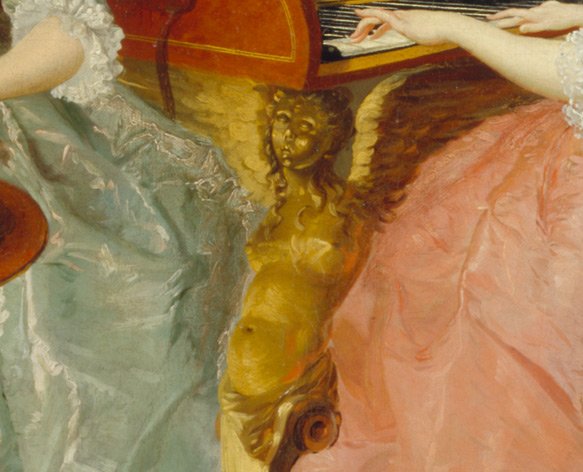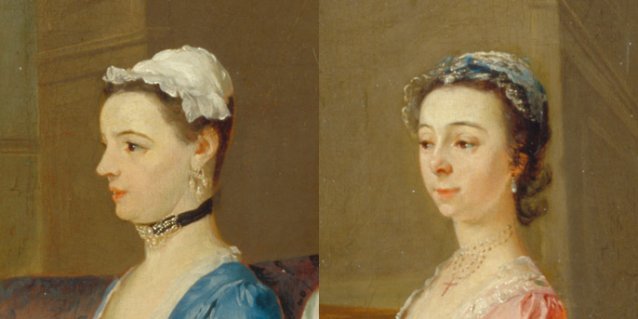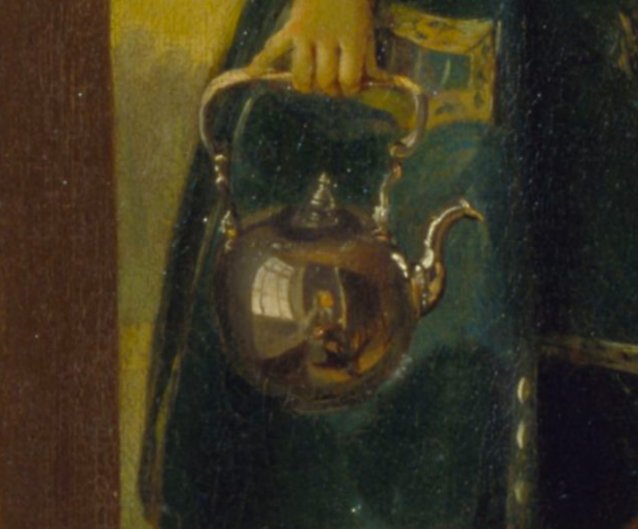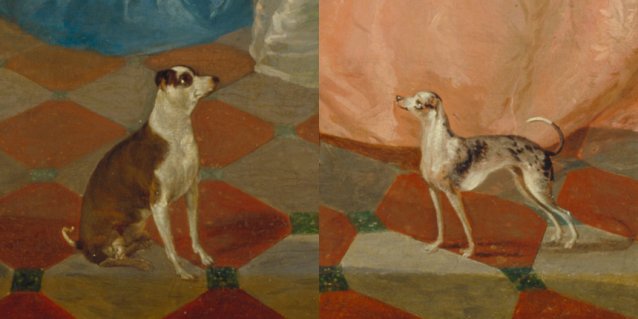I am very much looking forward to our next major exhibition, Dempsey’s People: A Folio of British Street Portraits, 1824–1844 (Thursday 29 June to Sunday 22 October 2017). Dempsey’s People rests in part on the idea that there was in Regency Britain a vast mass of portrait production that has mostly been overshadowed by “the greats”: Wright of Derby, Reynolds, Gainsborough, Hoppner, Lawrence. Until recently, these, together with their most ambitious and successful confrères in the Royal Academy of Arts, have hogged the historical limelight, while a legion, a whole army of lesser artists, often hugely prolific, laboured away relatively unnoticed, under-appreciated, and have passed into obscurity, their work disbursed into the hopper of provincial auctions, junk shops, attics and land fill. In due course, some of that work and certain of those artists made the long and arduous voyage to colonial New South Wales and Van Diemen’s Land.
It might be argued, based exclusively on careful, detached assessments of quality (which, without irony, we used to call connoisseurship)—that is, draughtsmanship, technique, handling, colourism, composition, proportion, manner, élan, what you will—that such obscurity is no more than the inevitable fate of the plodder, the jobber, or the outright failure. However, that is to ignore the awesome significance of what was by any measure a rapidly expanding market for portraits throughout the “long eighteenth century,” from the Glorious Revolution of 1688 to the end of the Napoleonic Wars in 1815. The Georgian settlement may often be seen as a long period of social and political stability. But through the prism of the incipient Industrial Revolution, it may instead be seen as a veritable cataract of change, and particularly with respect to the market for portraits. This actually paved the way for patterns of mass circulation that, in turn, proved to be such fertile ground in which the invention of photography was firmly planted in the second quarter of the nineteenth century. So if Sir Thomas Lawrence stands for the mighty few, John Dempsey stands for the shiftless many. More importantly, if Reynolds, Gainsborough and Lawrence wore mantles that descended from Kneller and Lely, John Dempsey also stood in a comparatively long tradition, that of demotic, often peripatetic, certainly prolific and mostly provincial studio practice.
There is in the collection of the Yale Center for British Art in New Haven, Connecticut, an English painting, datable on the basis of costume to about 1745, that has for many years exercised my imagination. We do not know who painted it. Yet it now strikes me, in many ways, as having been painted by the virtual ancestor, the professional progenitor of John Dempsey and his kind. As a small-scale, full-length family group dressed in ordinary, contemporary costume—father, mother, and two daughters, with a liveried servant—and set in a relatively compact, sparsely furnished but, at the same time, elegant Georgian interior, this painting conforms to that particular type that is known as a “conversation piece.”
The conversation piece was a unique eighteenth-century English invention. To some degree it was simply a representation of people engaging in conversation, but the term also allows for the possibility that such pictures could also prompt, inspire and be the subject of conversation. Either way, the conversation piece reflected the rapid growth in demand for portraits that were relatively informal, determinedly domestic in subject and scale, in other words much smaller than the previous century’s Restoration full- and three quarter-lengths, and above all suitable for intimate rooms in Georgian houses: Queen Anne boxes, rectories, terraces and lesser manors that sprung up in huge numbers throughout Britain during the eighteenth century. The conversation piece went hand in hand with rise of the middling gentry, and the mercantile middle class.



















